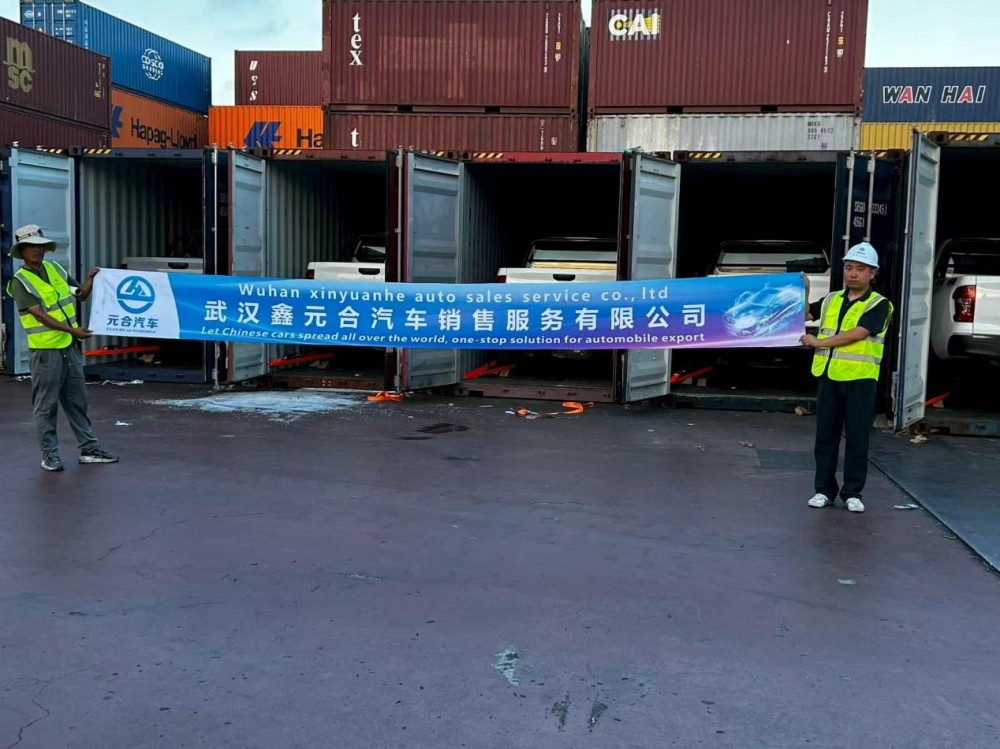When it comes to air travel, the quality of service can significantly impact the overall experience. While many airlines strive to provide exceptional service, some unfortunately fall short of expectations. This article delves into the question: What is the number one worst airline? We will explore various factors that contribute to an airline's reputation, analyze customer reviews, and provide insights into the industry standards that define a poor flying experience.
Understanding Airline Ratings
Airline ratings are often derived from a combination of customer feedback, on-time performance, safety records, and overall service quality. Organizations such as Skytrax and AirlineRatings.com compile these ratings, offering travelers a comprehensive view of airline performance. Factors considered include:
- On-Time Performance: Timeliness is crucial for travelers. Airlines that frequently delay flights or cancel them without adequate notice often receive negative reviews.
- Customer Service: The quality of interactions with airline staff, both on the ground and in the air, plays a significant role in customer satisfaction. Rude or unhelpful staff can tarnish an otherwise pleasant journey.
- Comfort and Amenities: The condition of the aircraft, seat comfort, in-flight entertainment, and food quality are all essential aspects of the flying experience. Airlines that skimp on these elements often face backlash from passengers.
- Safety Record: Safety is paramount in aviation. Airlines with a history of accidents or safety violations can quickly earn a poor reputation, regardless of other service aspects.
The Contenders for the Worst Airline Title
While it is challenging to pinpoint a single airline as the worst, several contenders frequently appear in discussions among travelers and industry experts. Based on recent surveys and reports, one airline often cited is Spirit Airlines.
Spirit Airlines: A Case Study
Spirit Airlines, a low-cost carrier based in the United States, has garnered a reputation for being the worst airline for several reasons:
- Hidden Fees: Spirit Airlines is notorious for its low base fares, which are often enticing. However, the airline compensates for these low prices with a myriad of hidden fees. Charges for seat selection, carry-on bags, and even printing boarding passes at the airport can significantly inflate the final cost of a ticket.
- Customer Service Issues: Numerous customer reviews highlight poor experiences with Spirit's customer service. Passengers have reported long wait times for assistance and unhelpful responses from staff, both online and at the airport.
- Inconsistent On-Time Performance: Spirit Airlines has struggled with on-time performance, with many flights experiencing delays or cancellations. This inconsistency can lead to frustration and inconvenience for travelers.
- Limited Comfort: As a low-cost carrier, Spirit Airlines offers minimal amenities. Passengers often complain about cramped seating and a lack of in-flight entertainment, which can make longer flights uncomfortable.
The Impact of Reputation
The reputation of an airline can have far-reaching consequences. For Spirit Airlines, the negative perception has led to a loyal customer base that appreciates the low fares, but it has also deterred many potential travelers who prioritize comfort and service. The airline's business model relies heavily on volume, meaning that while they may have a high number of passengers, they also face a significant number of complaints.
Conclusion: Navigating the Airline Landscape
In conclusion, while Spirit Airlines often tops the list as the number one worst airline, it is essential to consider the broader context of air travel. Each airline has its strengths and weaknesses, and what may be a deal-breaker for one traveler could be acceptable for another.


More Stories
How FAMA Traffic Brackets Ensure Long-Term Stability in Urban Signal Installations
Что такое бесщеточный электрический мотоцикл и почему он становится выбором будущего
Что такое бесщеточный электрический мотоцикл и почему он становится выбором будущего